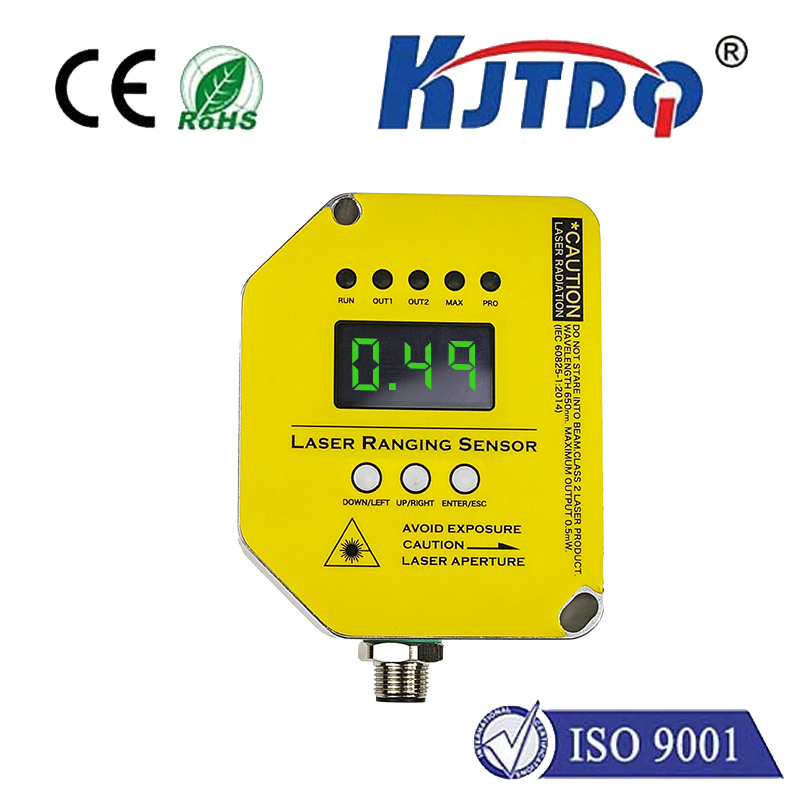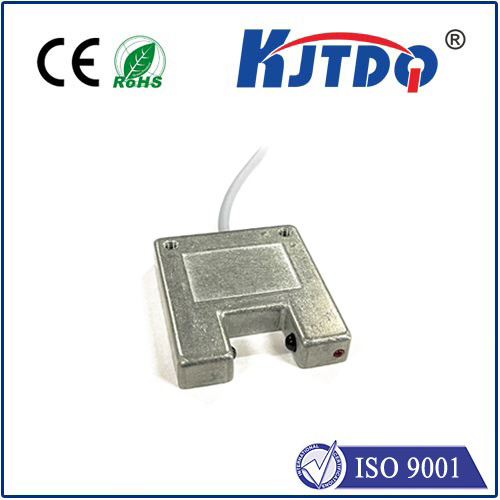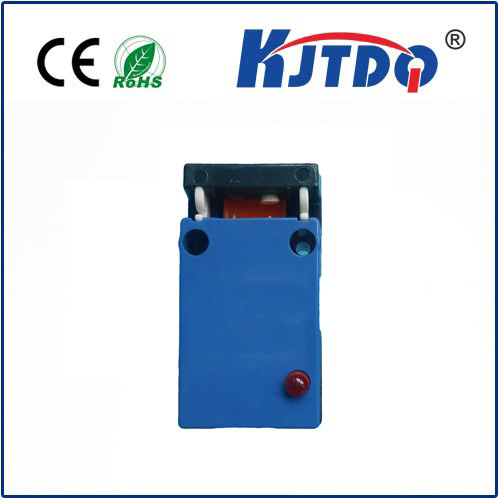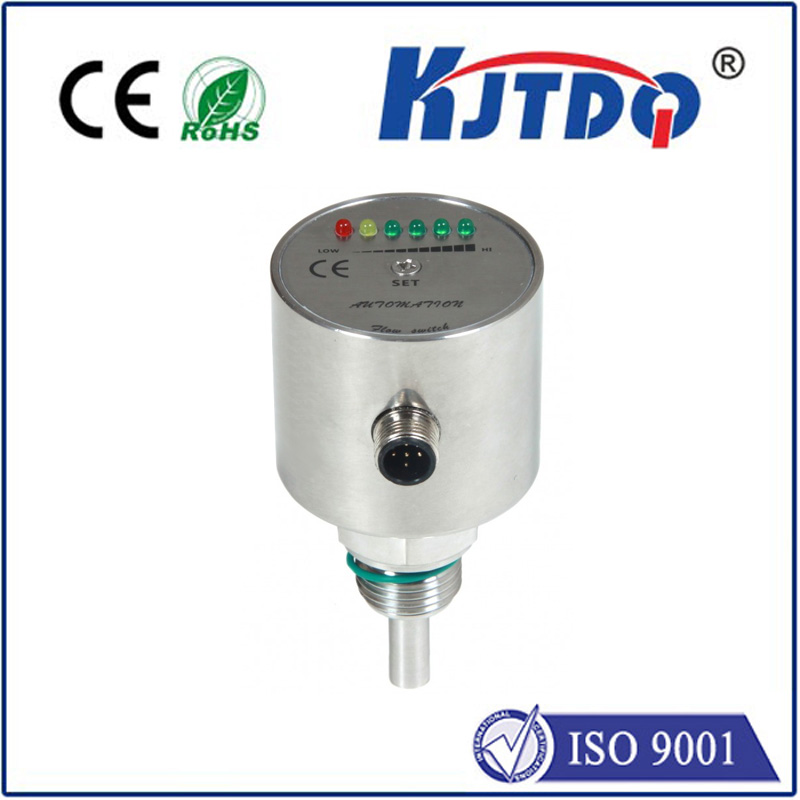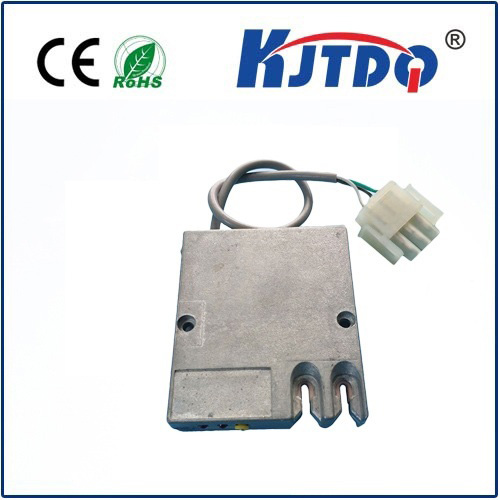
check

check

check

check

Title: The Role of Inductive Prox in Enhancing Machine Learning Algorithms Machine learning, a subset of artificial intelligence, has been transforming various industries by enabling computers to learn from data and make predictions or decisions without being explicitly programmed. One of the key challenges in machine learning is ensuring that the algorithms are able to generalize from the training data to unseen data. This is where inductive prox come into play. Inductive prox are a type of machine learning algorithm that use induction, a method of reasoning from specific observations to broader generalizations. They work by creating a model based on the training data, which can then be used to make predictions about new data. Unlike other machine learning algorithms that rely on pre-defined rules or heuristics, inductive prox have the ability to learn from examples and improve their performance over time. There are several types of inductive prox, including decision trees, random forests, and support vector machines. Each of these algorithms has its own strengths and weaknesses, and the choice of algorithm will depend on the specific problem and dataset at hand. One of the main advantages of inductive prox is their ability to handle large and complex datasets. By using induction, these algorithms can identify patterns and relationships within the data that would be difficult or impossible for humans to detect. This makes them particularly useful for applications such as natural language processing, image recognition, and predictive analytics. Another advantage of inductive prox is their flexibility. Because they are based on examples rather than rules, they can easily adapt to changes in the data or the environment. This means that they can continue to perform well even when faced with new or previously unseen data. However, there are also some limitations to inductive prox. One of the main challenges is overfitting, which occurs when the algorithm becomes too specialized to the training data and loses its ability to generalize to new data. To prevent overfitting, it is important to use techniques such as cross-validation and regularization during the training process. Another limitation is that inductive prox require a large amount of labeled training data in order to be effective. This can be time-consuming and expensive to obtain, particularly for tasks that require expertise or specialized knowledge. Despite these limitations, inductive prox remain a popular and effective tool for building machine learning algorithms. By leveraging the power of induction, these algorithms can help organizations make better decisions, optimize processes, and gain insights into complex problems. As machine learning continues to evolve and advance, we can expect to see even more innovative applications of inductive prox in a wide range of fields
